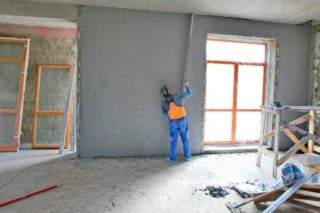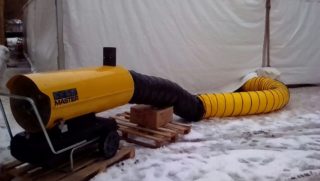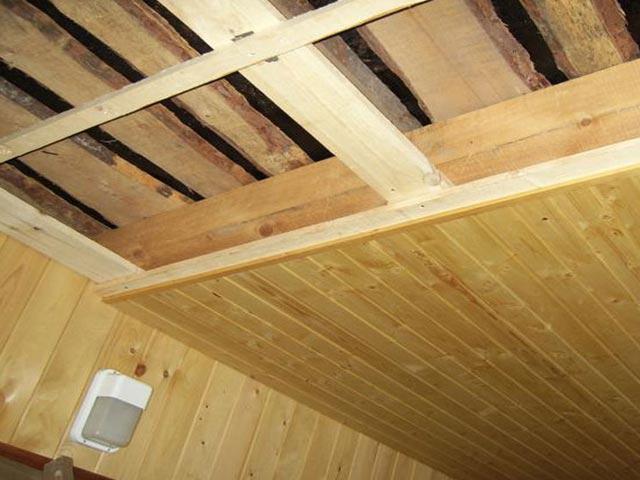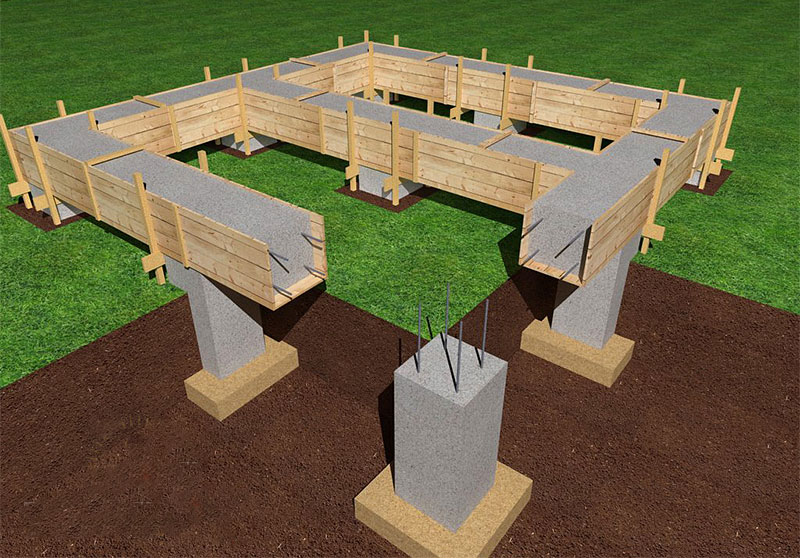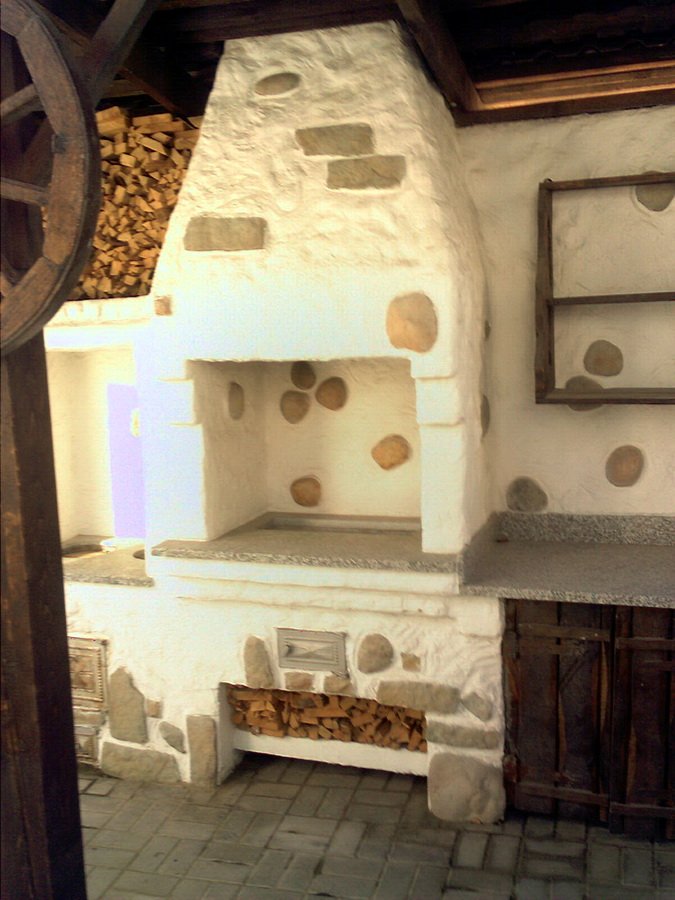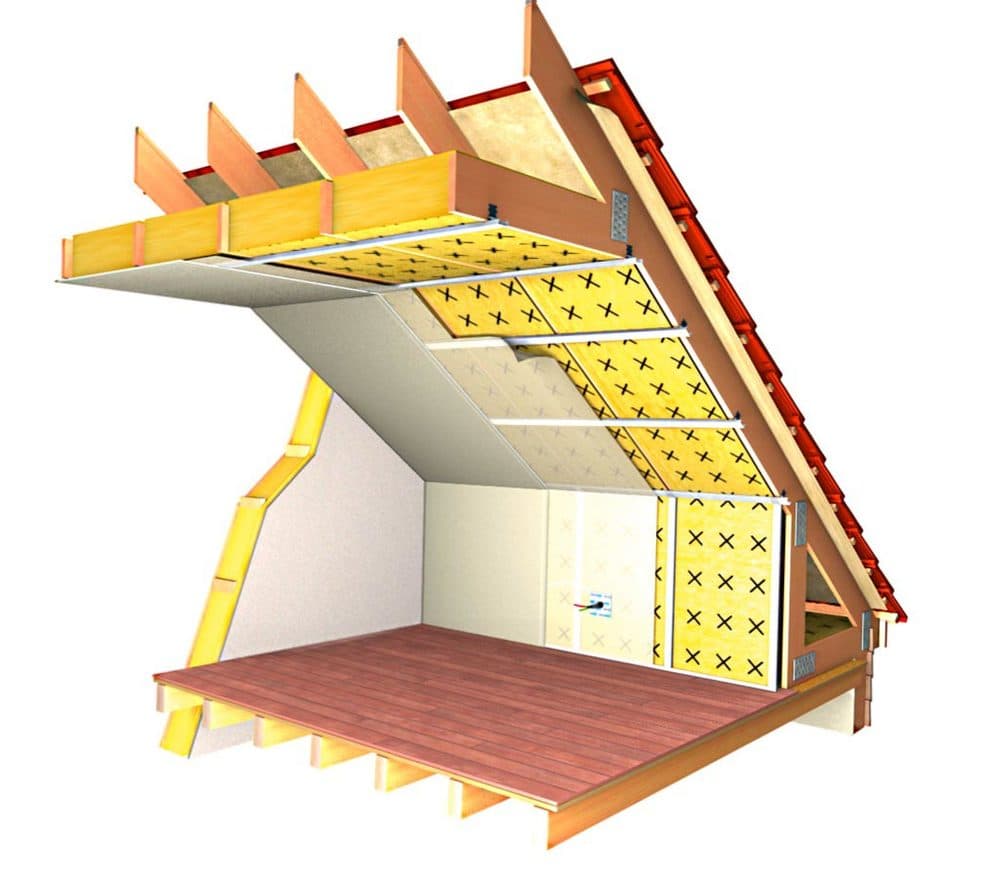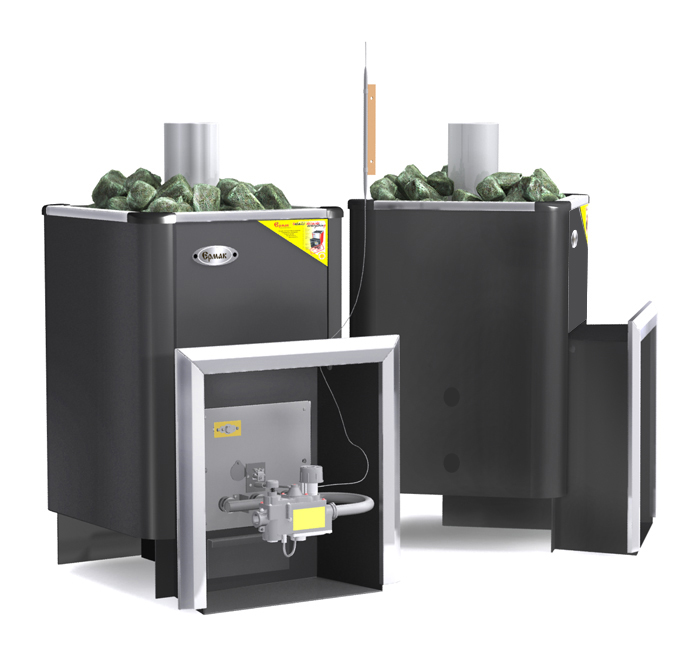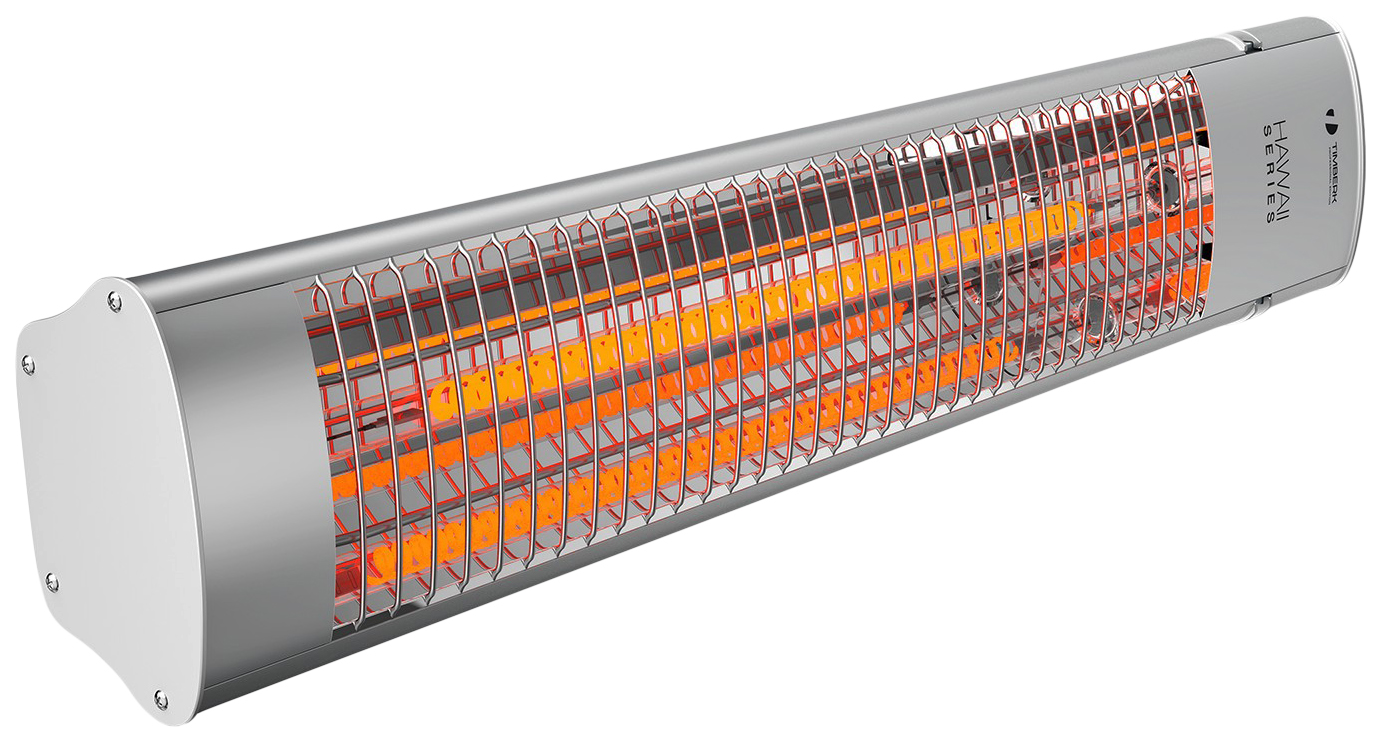Building a house, be it your own or an apartment building, is always a long and rather laborious process. Many, having completed construction, or bought an apartment, are faced with the problem of finishing work in rooms without heating. How to carry out these works so that the repair lasts as long as possible and does not have to be redone? This is what will be discussed.
In such conditions, you can safely carry out plumbing work: lay engineering systems for water supply, install plumbing. It is quite acceptable to carry out a test run of systems to detect leaks, but at the same time it is necessary to drain the water at the end of the work, otherwise the pipes may be wasted. You can do electrical work.
Now let's take a closer look at the most common materials for interior decoration.
Linoleum
Drywall
In low temperatures, you can prepare for installation: fix the profiles, conduct electrical wiring. It is better to postpone the installation of drywall until the spring or summer. This material absorbs moisture and can deform or swell.
Plaster
Laminate
Before laying, the laminate must be left packed for 48 hours in the room where it will be installed so that the material takes on the moisture and temperature characteristics. The temperature regime for laying it must be at least +18, therefore, it is impossible to lay laminate or parquet in rooms with low temperatures.
Pasting walls with wallpaper
Tile
It is possible to lay tiles in an unheated room at temperatures below +10 using winter tile adhesive. It retains its properties even at very low temperatures, dries quickly and prevents tiles from slipping.
How to determine the right material
If you nevertheless decide to do finishing work in winter, then you need to carefully observe the temperature regime of the materials that you use. As a rule, all conditions are indicated on the package.
Materials such as acrylic varnishes, water-based paints, dry gypsum mixtures are strictly not recommended for winter decoration. Any material containing water in its composition will not last long when used in rooms with low temperatures, it will crack, and stains may appear on the paint.
Forced room heating
For those who want to decorate the walls with exclusive materials or original methods: decorative plaster, painting, bas-relief - it is still better to leave work until the warm season.
You can install a stretch ceiling made of polyester fabric, this material does not change its properties even at low temperatures. Installation of a PVC film ceiling requires a temperature regime of at least +5.
Plastic windows
Plastic windows can be installed in winter, but at a temperature not lower than -15, frost-resistant foam must be used during installation.
I would like to dwell more specifically on the positive aspects of installing windows in the winter period:
- profitability. As a rule, most people install windows in the warm season, many companies offer seasonal discounts, and low workload will allow you to install a window in a short time;
- the opportunity to see all the problems. When installing a window during a warm period, when the cold weather sets in, you can notice such problems: the window sweats, leaks, condensation occurs, etc., the reason may be improper installation or poor-quality components. When installing in winter, you can immediately notice all the shortcomings and fix them on the spot.
Considering all the nuances, we can say that high-quality finishing work can be carried out at low temperatures. The main thing is to follow all repair recommendations for a specific temperature regime and use the materials that are most suitable for a specific time of year.

